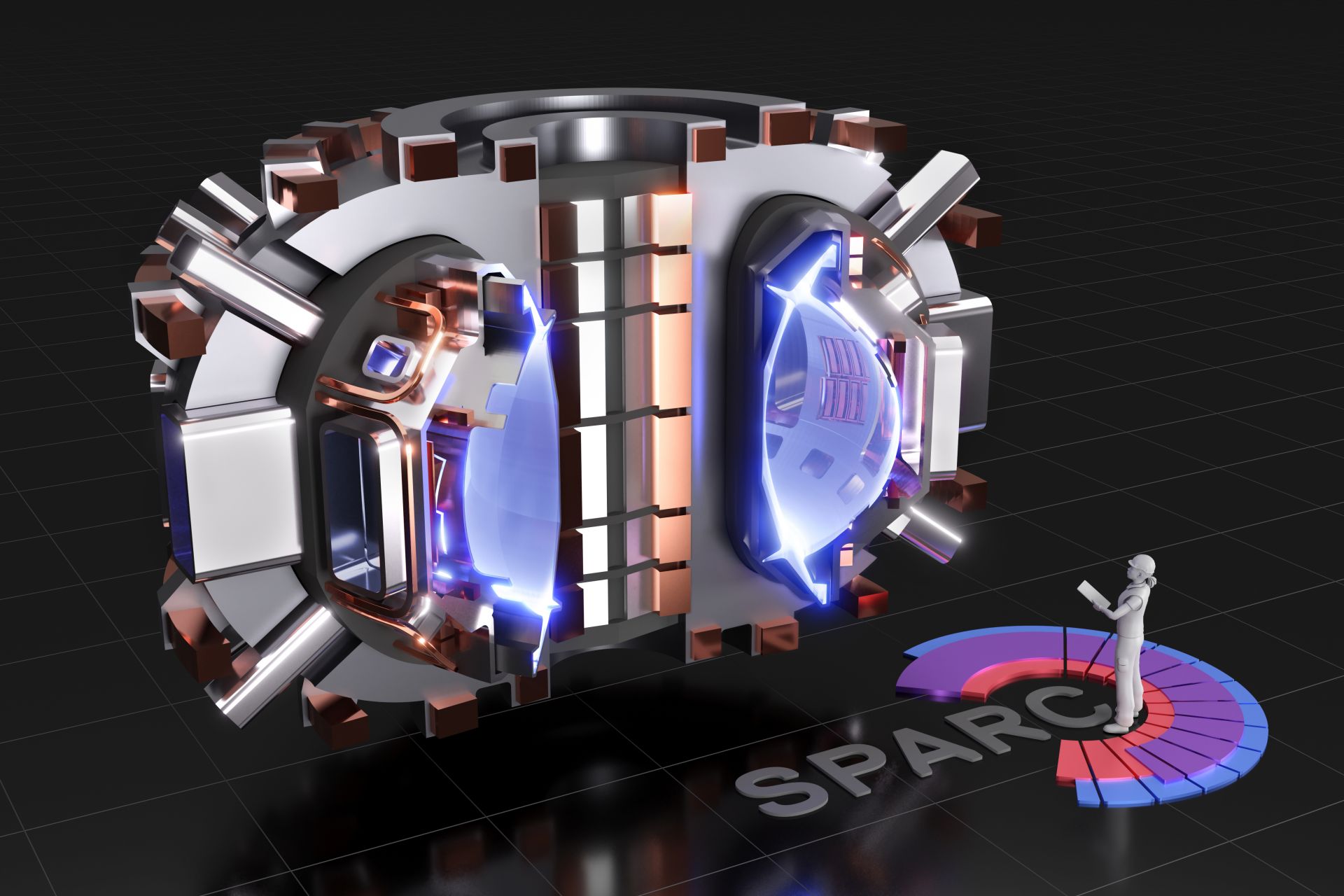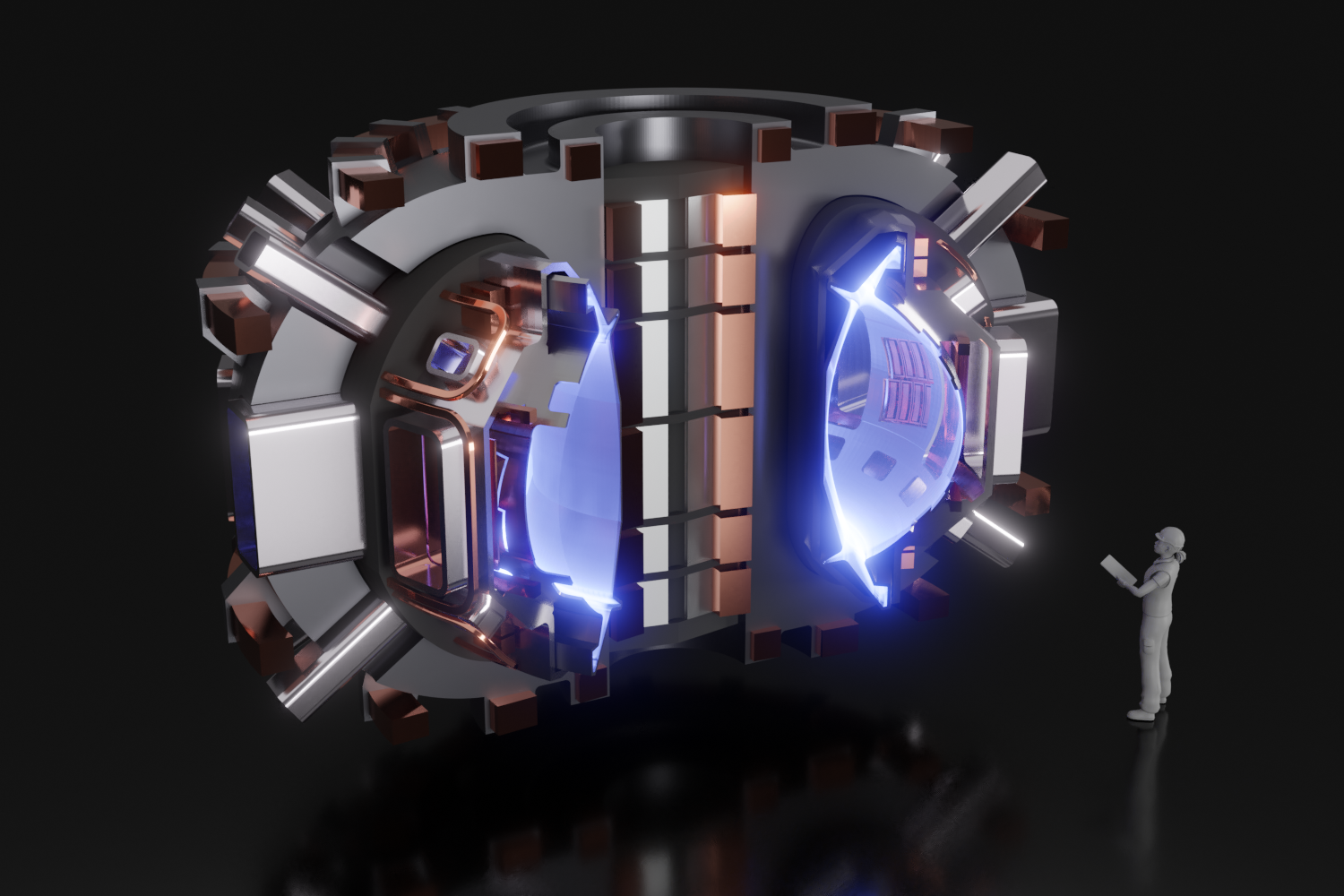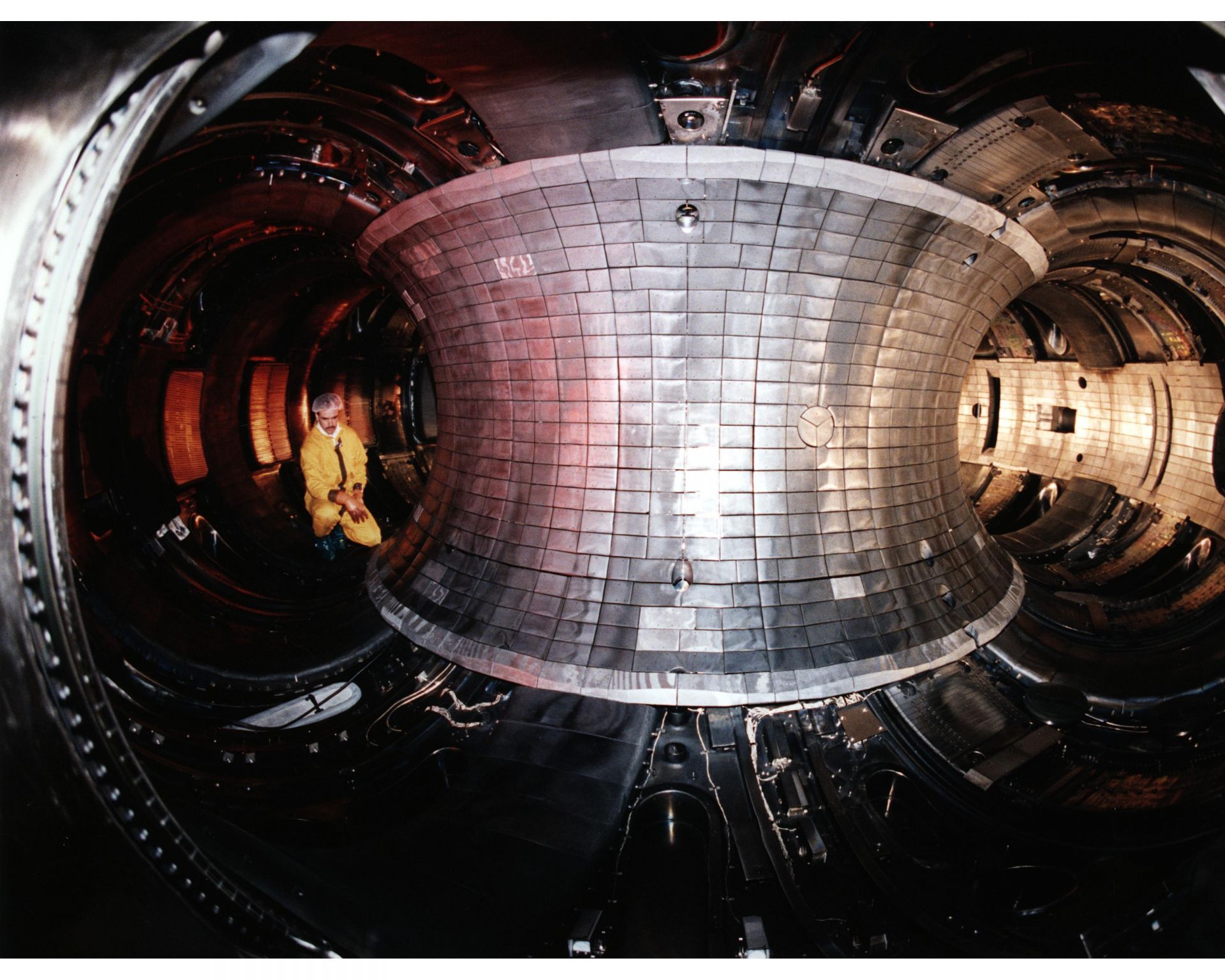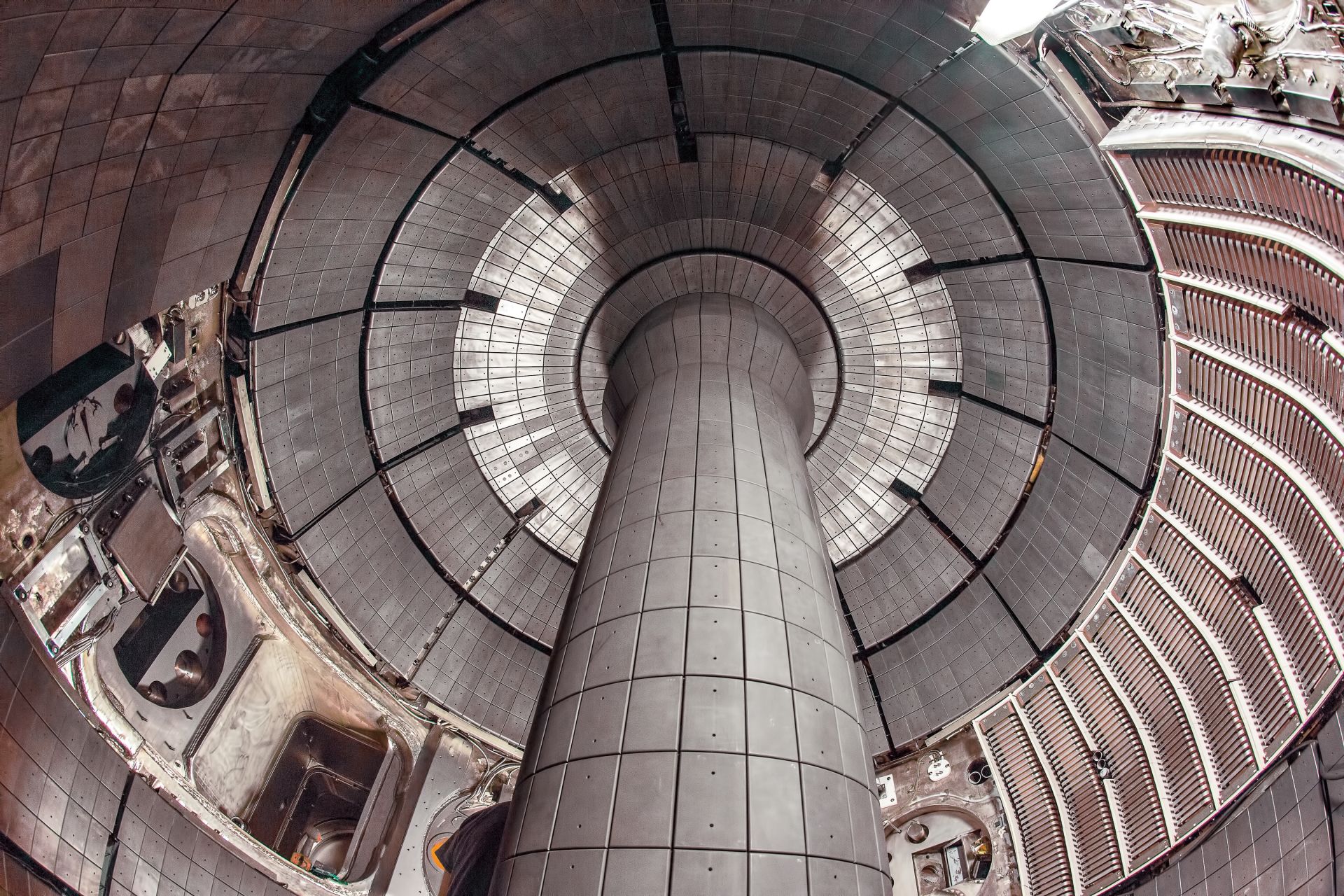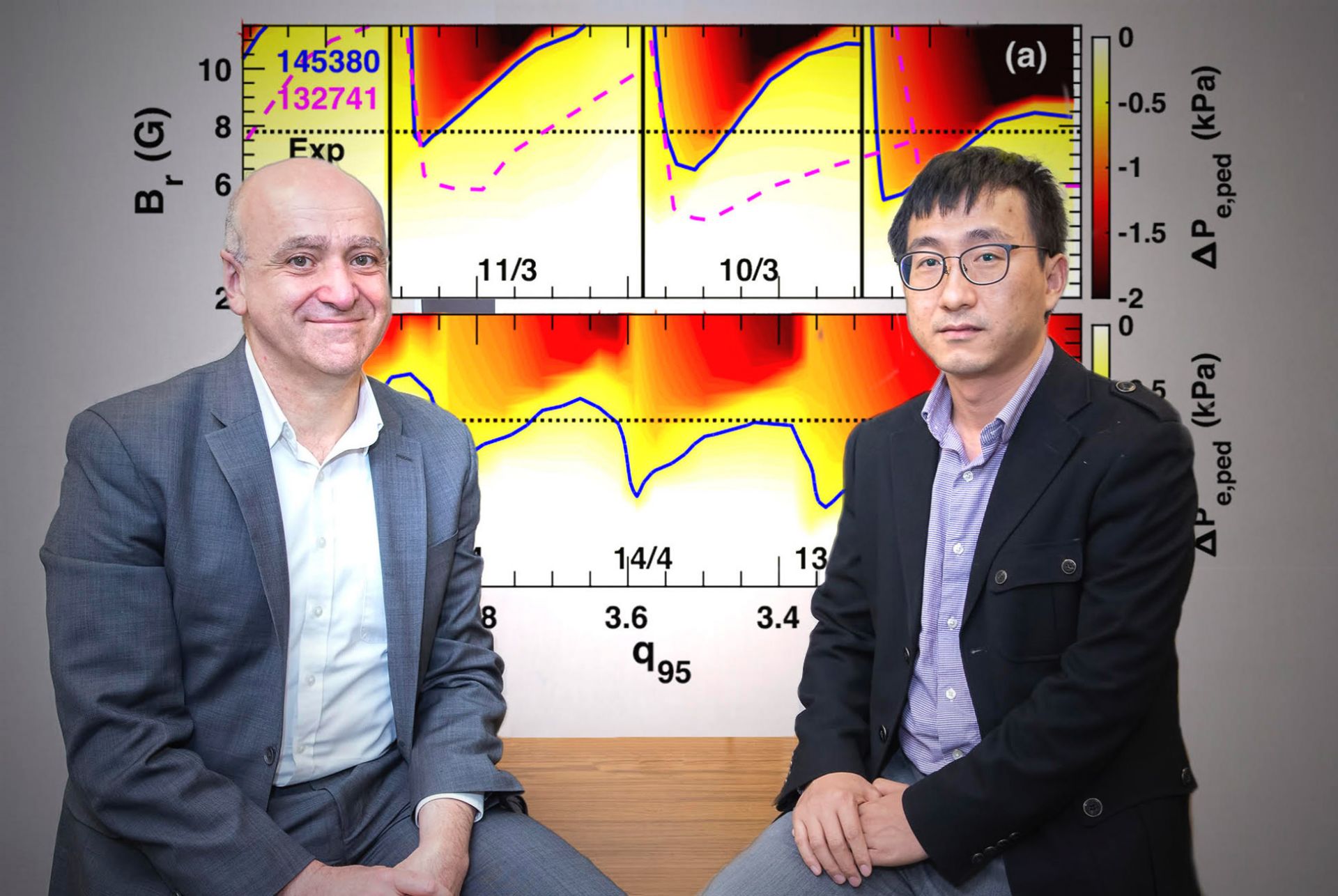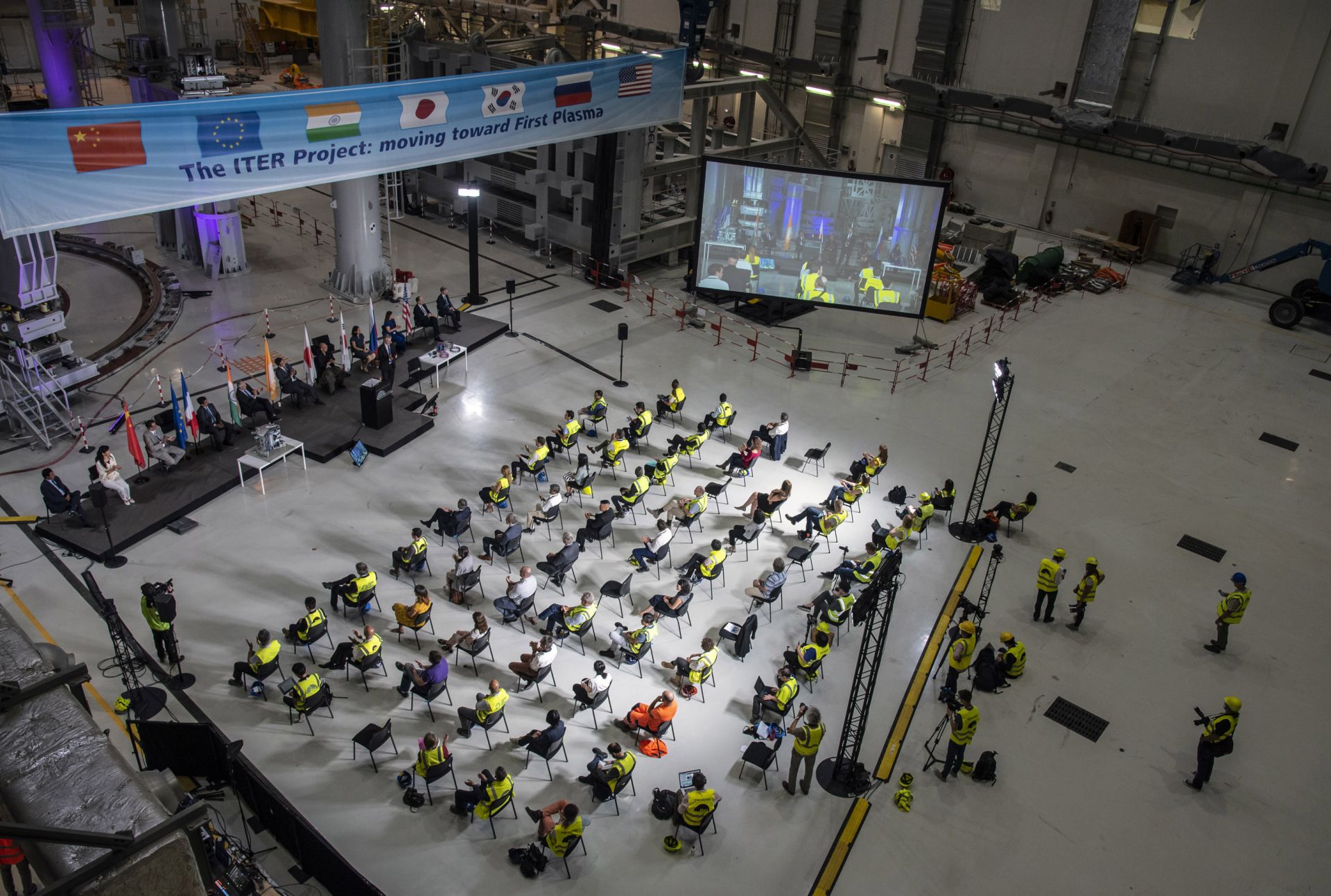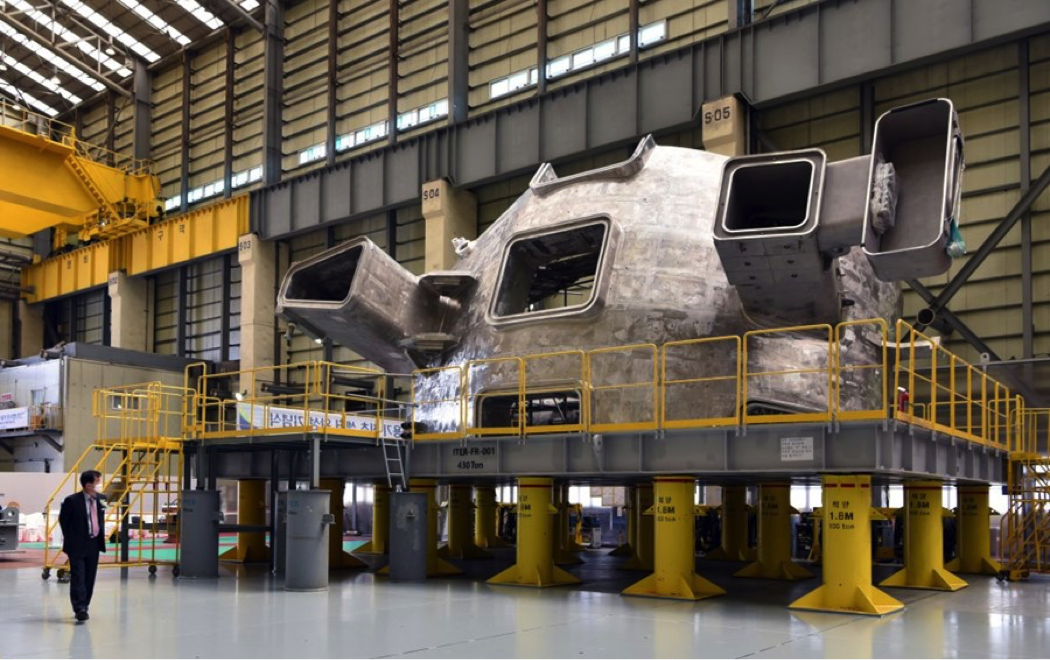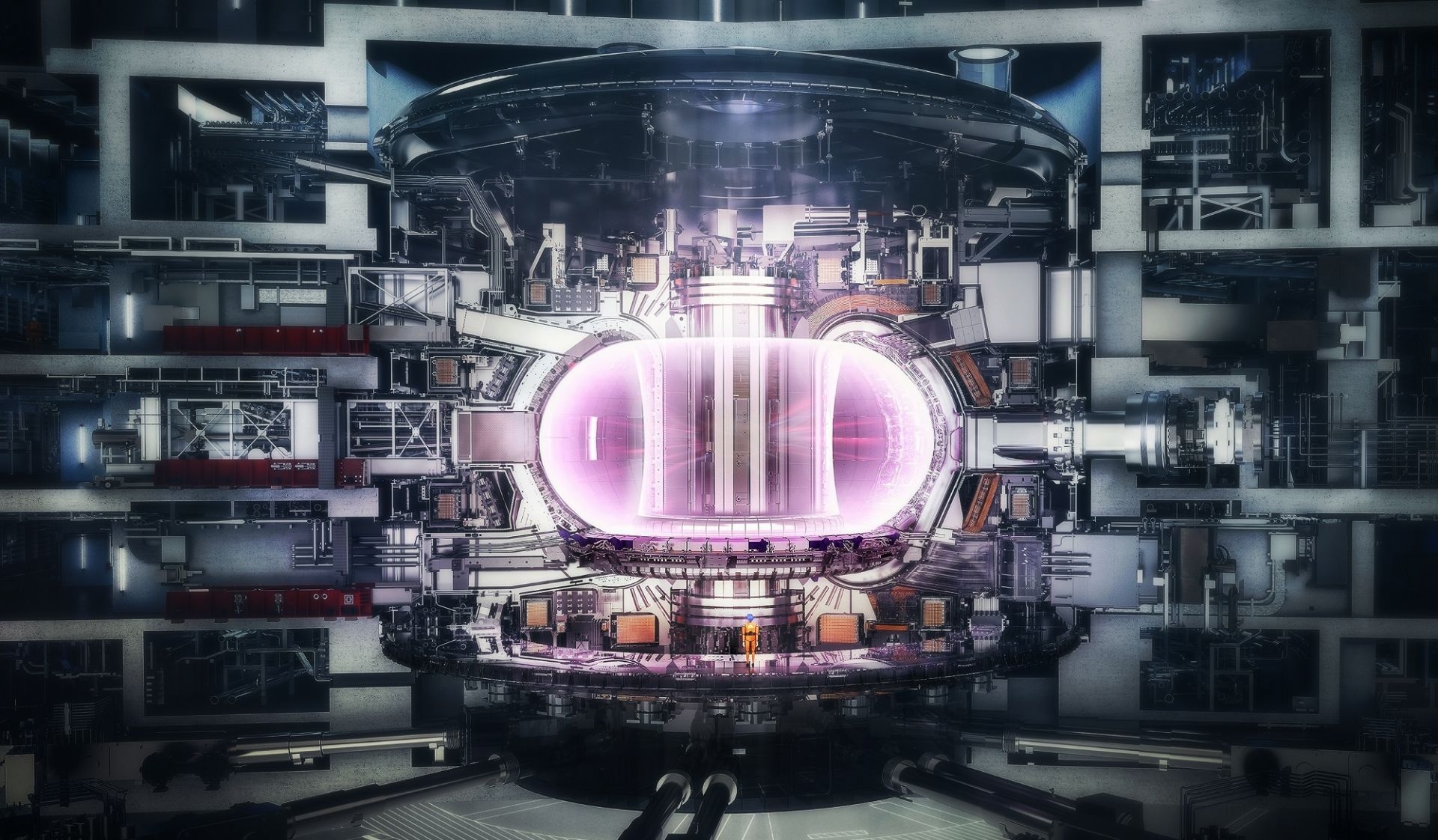The year in review 2020: Research and Applications
Here is a look back at the top stories of 2020 from our Research and Applications section in Newswire and Nuclear News magazine. Remember to check back to Newswire soon for more top stories from 2020.
Research and Applications section
- ARDP picks divergent technologies in Natrium, Xe-100: Is nuclear’s future taking shape? The Department of Energy has put two reactor designs—TerraPower’s Natrium and X-energy’s Xe-100—on a fast track to commercialization, each with an initial $80 million in 50-50 cost-shared funds awarded through the Advanced Reactor Demonstration Program. Read more.


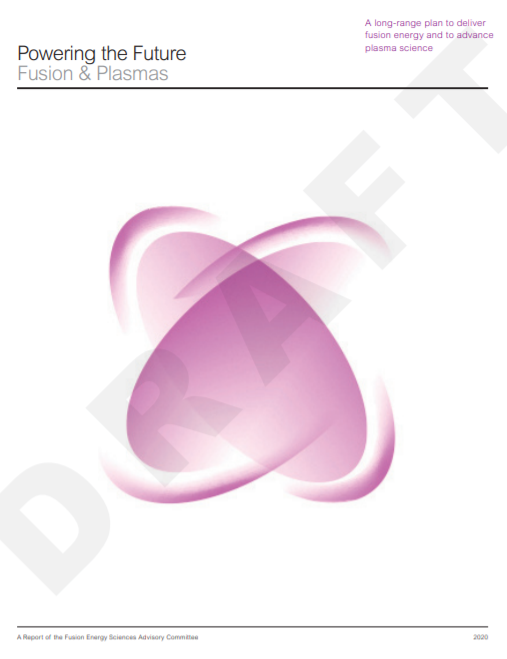 The Fusion Energy Science Advisory Committee (FESAC), which is responsible for advising the Department of Energy’s Office of Science, on December 4 published the first public draft of
The Fusion Energy Science Advisory Committee (FESAC), which is responsible for advising the Department of Energy’s Office of Science, on December 4 published the first public draft of 